Rich Peterson - Accounting: Step-By-Step Guide to Master Bookkeeping and Accounting for Small Businesses
Here you can read online Rich Peterson - Accounting: Step-By-Step Guide to Master Bookkeeping and Accounting for Small Businesses full text of the book (entire story) in english for free. Download pdf and epub, get meaning, cover and reviews about this ebook. year: 2020, publisher: Rich Peterson, genre: Business. Description of the work, (preface) as well as reviews are available. Best literature library LitArk.com created for fans of good reading and offers a wide selection of genres:
Romance novel
Science fiction
Adventure
Detective
Science
History
Home and family
Prose
Art
Politics
Computer
Non-fiction
Religion
Business
Children
Humor
Choose a favorite category and find really read worthwhile books. Enjoy immersion in the world of imagination, feel the emotions of the characters or learn something new for yourself, make an fascinating discovery.
- Book:Accounting: Step-By-Step Guide to Master Bookkeeping and Accounting for Small Businesses
- Author:
- Publisher:Rich Peterson
- Genre:
- Year:2020
- Rating:3 / 5
- Favourites:Add to favourites
- Your mark:
Accounting: Step-By-Step Guide to Master Bookkeeping and Accounting for Small Businesses: summary, description and annotation
We offer to read an annotation, description, summary or preface (depends on what the author of the book "Accounting: Step-By-Step Guide to Master Bookkeeping and Accounting for Small Businesses" wrote himself). If you haven't found the necessary information about the book — write in the comments, we will try to find it.
Are you a small business owner who wants to fully understand profits and cash performance?
Have you ever thought about becoming an entrepreneur, but taxes and financial statements seemed too difficult for you?
Or maybe, you are just looking for an accounting guide that is going to explain the most important aspects the easiest way?
If you answered Yes to at least one of these questions, then keep reading...
You probably already know that not a single decent business exists without an accountant a person whos only responsibility is to manage all financial information inside the company the legal way. People study this science for 4-6 years to really become good at what they do. But what if you dont have those extra 4-6 years to study and still need to have knowledge and understanding about finances? For this exact reason, we created a guide that is going to cover in detail the most important aspects and parts of accounting and clear up the path for you to make wise financial decisions.
An educated accounting team with over 15 years of working experience decided to share their experience and knowledge and create a book that is going to save you time and money without looking for a professional accountant or information.
Here is just a short brief of what is inside:
The information represented in this book is going to benefit every person, whether you are an entrepreneur, a future accountant, or a simple employee.
Every word in this book has value, so dont waste a minute more and start using this guide the best to your advantage.
Scroll up, click on Buy Now and start learning!
Rich Peterson: author's other books
Who wrote Accounting: Step-By-Step Guide to Master Bookkeeping and Accounting for Small Businesses? Find out the surname, the name of the author of the book and a list of all author's works by series.

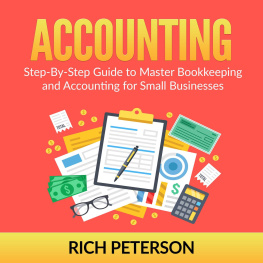
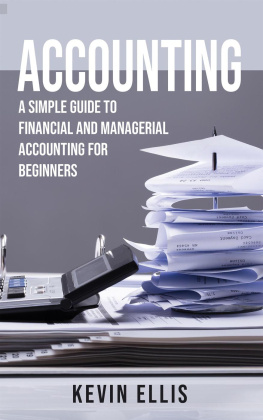
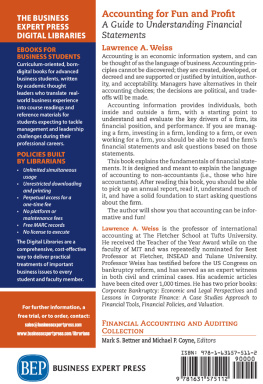
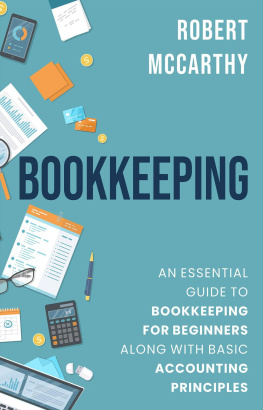
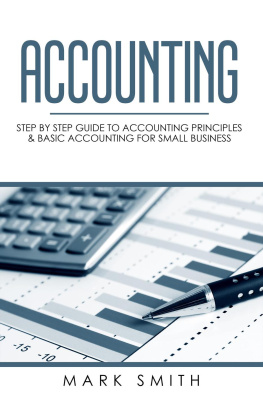
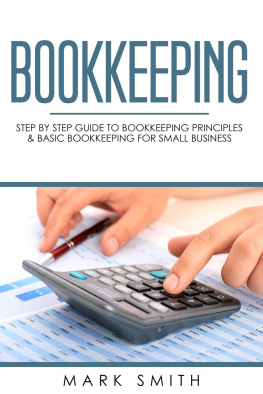
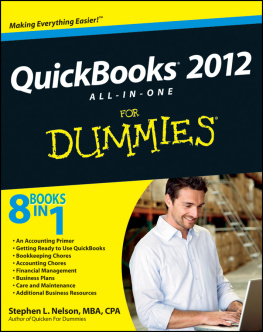
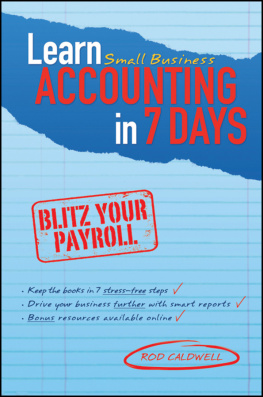
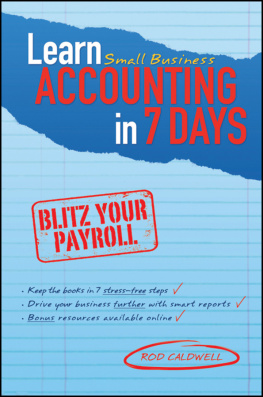
![Jane E. Kelly - Bookkeeping and Accounting All-in-One For Dummies [UK edition]](/uploads/posts/book/80164/thumbs/jane-e-kelly-bookkeeping-and-accounting.jpg)






